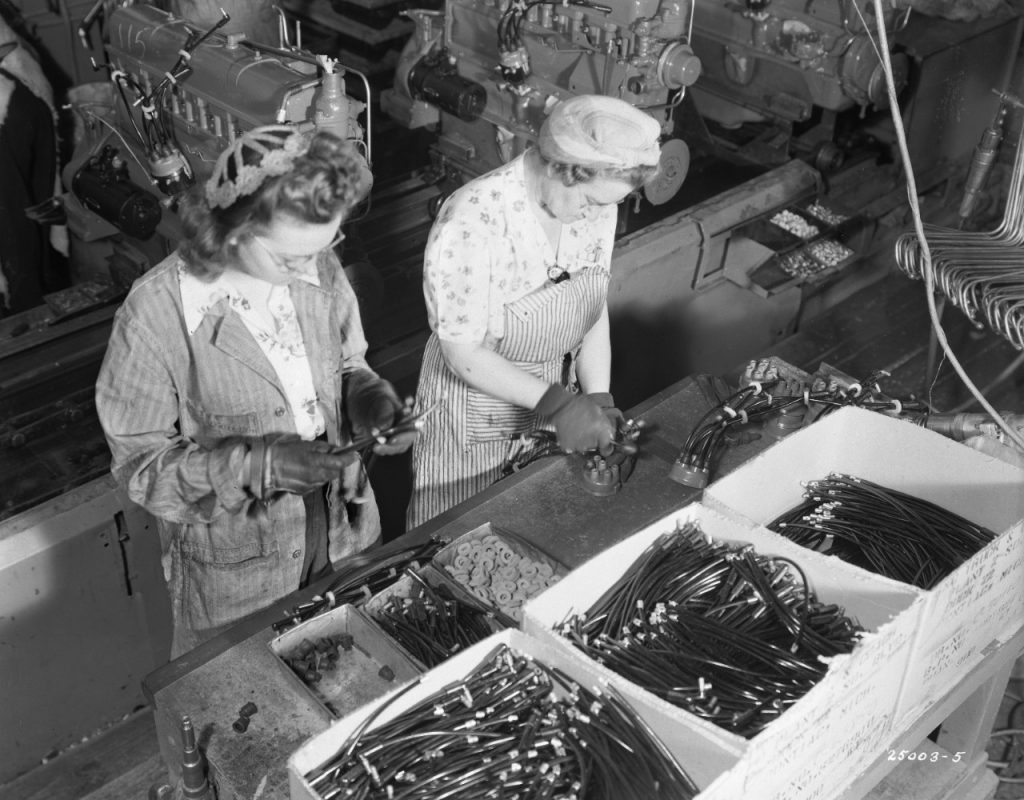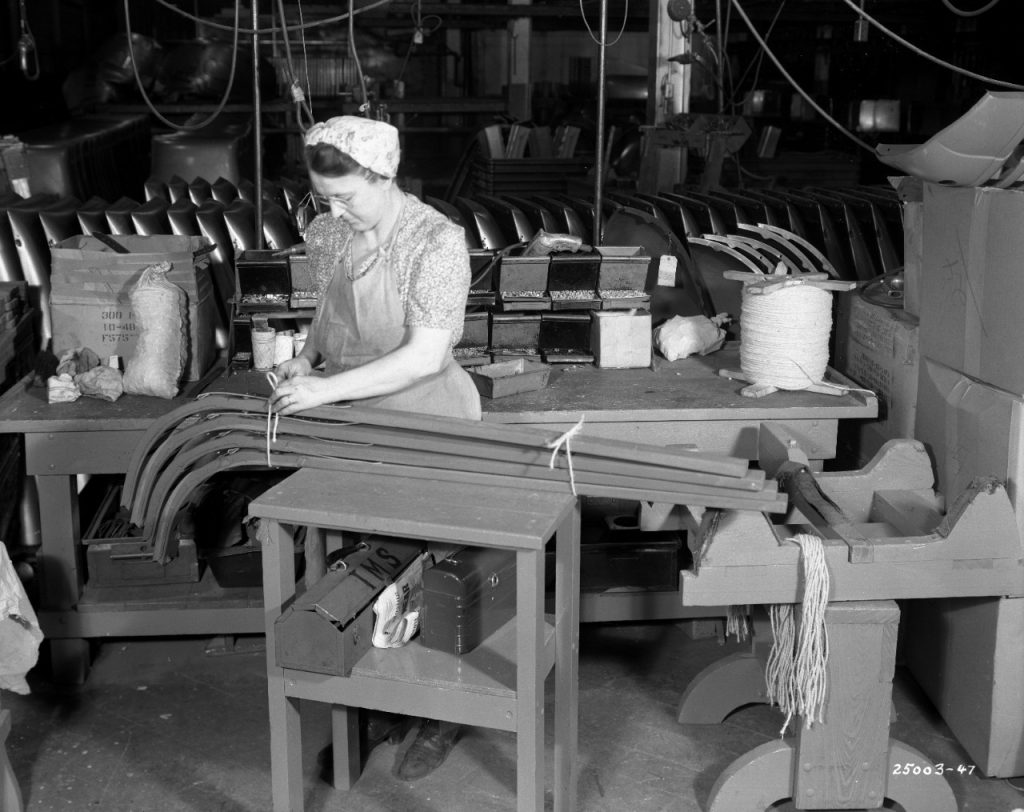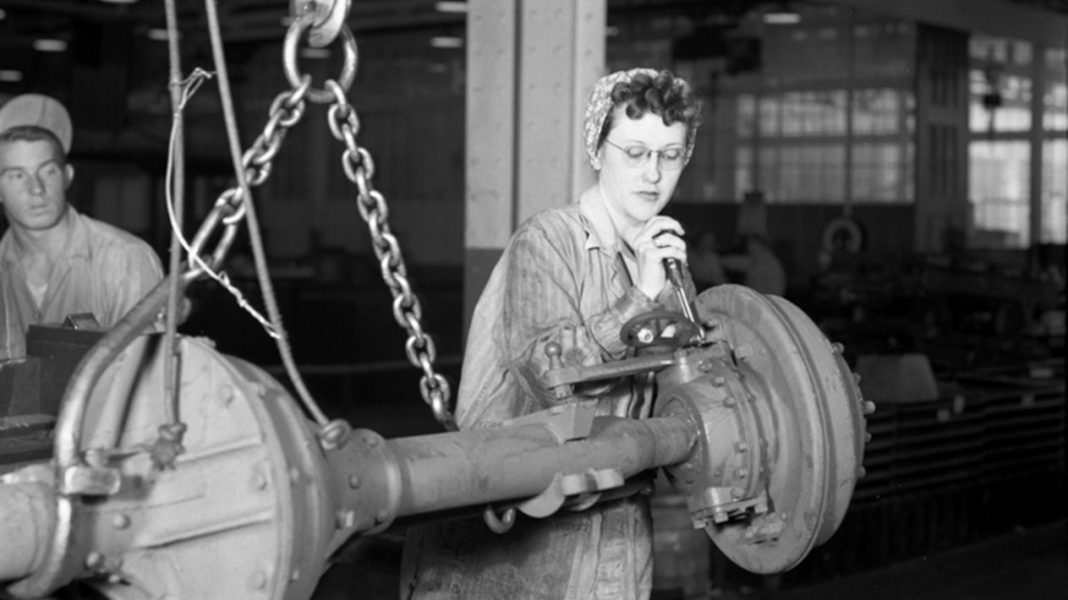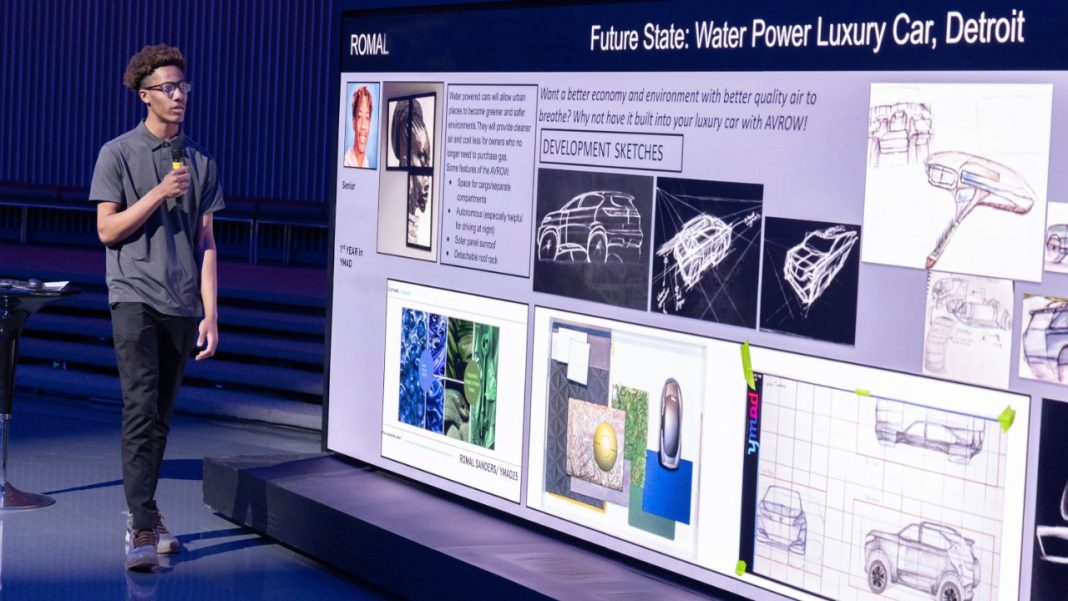3/24/2025
By Jenn McKeogh, senior manager, GM News
For more than a century, General Motors has used our engineering prowess and production capabilities to support the American military – from converting our U.S. manufacturing operations to produce trucks and tanks during wartimes to our current military vehicle innovations at GM Defense.
In 2017, the U.S. Senate designated March 21 as Rosie the Riveter Day, to honor the dedication and sacrifices of American women during World War II. The occasion celebrates the contributions of women who worked in factories and other industrial jobs during World War II, filling the roles left vacant by men who joined the fight in Europe and elsewhere. The iconic image of Rosie the Riveter symbolized the role they played in the war effort.
This past week, GM participated in a ceremony in Lansing, Michigan, to mark the occasion, which underlined the huge role played by women working in GM factories, both in Lansing and across the country.

In Michigan alone, more than 200,000 women helped build bombers, tanks and munitions, stepping into a traditionally male-dominated workplace. Echoes of their determination and grit can still be seen today in workshops, factories, and school STEM programs.
GM supported the war by engineering and manufacturing vehicles and components, especially in our headquarters state of Michigan
- Most of GM’s plants, including 17 of the 18 Chevrolet plants in operation at that time, were converted to produce what GM described at the time as “an avalanche of weapons,” contributing to the company’s goal of producing 10% of all war material manufactured in metal.
- Milford Proving Ground developed military vehicles and tested U.S. Army tanks and other transports during WWII.
- The Cadillac division began employing women for factory work in April 1942. By 1944, nearly 41% of Cadillac’s personnel were women.
- Our former Oldsmobile division, which was founded in Lansing in 1897, manufactured 48 million rounds of military ammunition, 140,000 aircraft machine guns, 350,000 high-precision aircraft engine machine parts, and 175 million pounds of forgings for military trucks, tanks, guns and aircraft

Hundreds descended on the Capital Region International Airport in Lansing on Friday to celebrate the state’s third annual Rosie the Riveter Day celebration, honoring the contributions women made to manufacturing during World War II. GM has a significant footprint presence in Lansing, with nearly 5,000 active employees working at two assembly plants, two stamping plants, and a redistribution center. GM has invested $2 billion in Lansing over the last decade.
Darci Marcum, who leads manufacturing quality engineering and product quality improvement for North America, delivered remarks at the event.
“General Motors’ contributions to World War II – much of which was done right here in Lansing – continue to be a point of pride for our company today,” she said. “It’s great to see the Rosies here with us today – thank you for your incredible and lasting contributions. You paved the path for so many women to find meaningful work in manufacturing. It’s an honor.”






